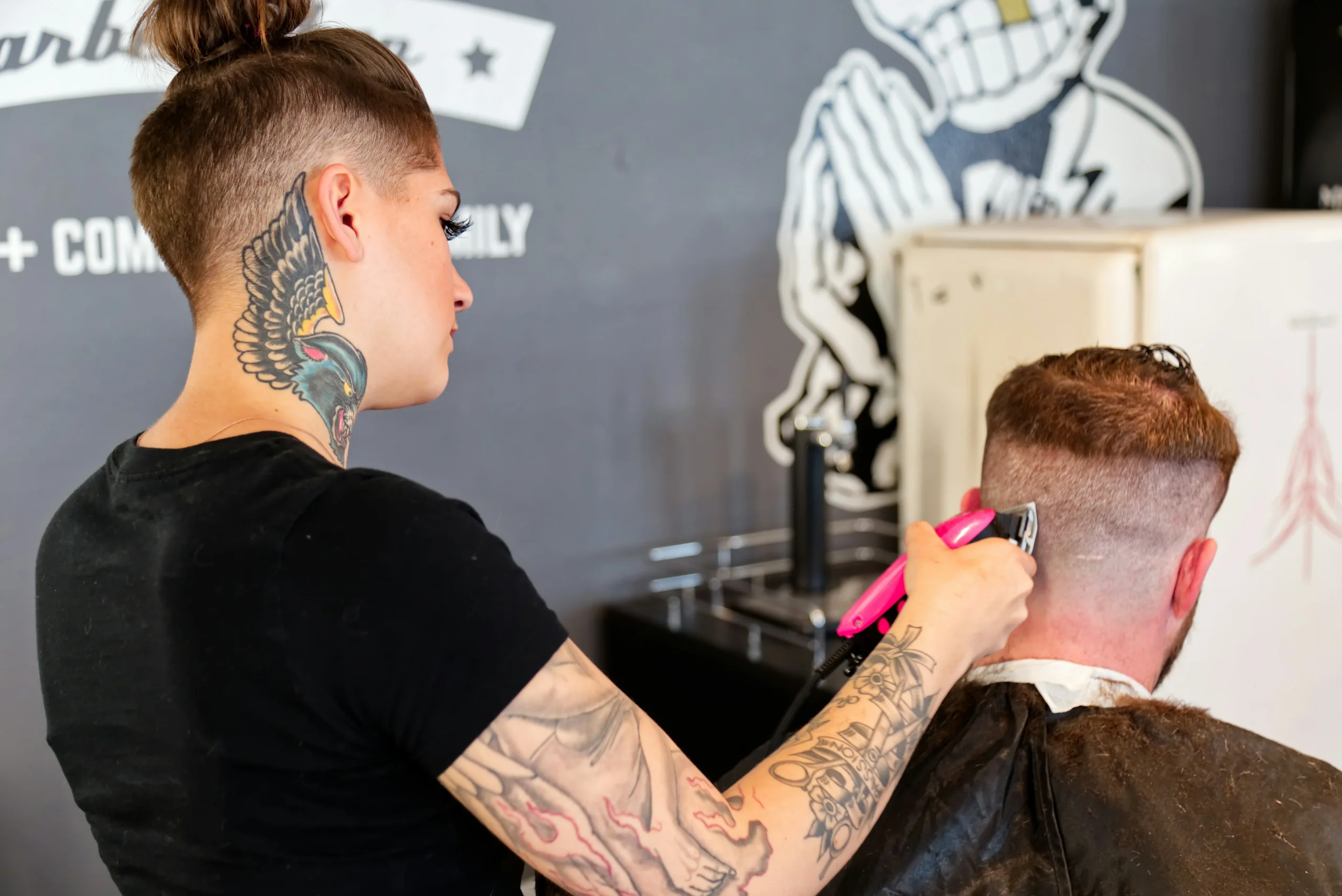
Table of Contents
How to Know the Haircut That Suits You: The Ultimate Guide to Finding Your Perfect Style
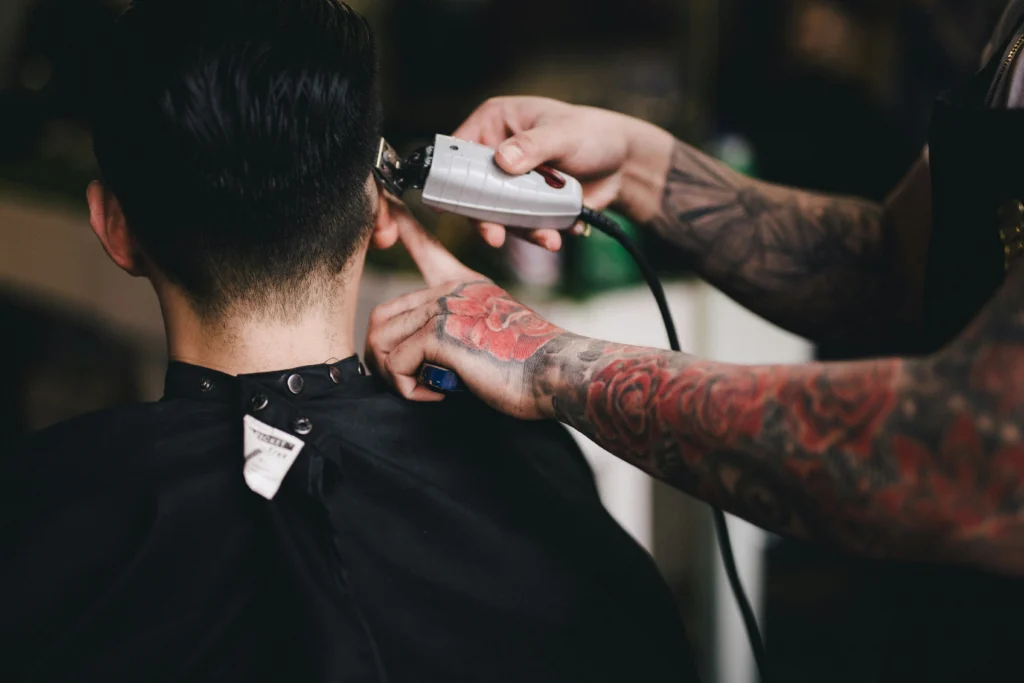
How to Know the Haircut That Suits You: The Ultimate Guide to Finding Your Perfect Style
Ever left a salon wondering why did I do this to my hair? Don’t worry—you’re not alone. Figuring out the perfect haircut isn’t about chasing trends or copying celebs blindly. It’s about discovering what works for you—your face, your hair, and your vibe. This guide is your no-fluff roadmap to finding that flattering cut you’ll actually love.
The Importance of Face Shape
Identifying Your Face Shape
Before scissors even touch your hair, the first thing you need to understand is your face shape. Each shape lends itself to different flattering styles.
- Oval – Considered the “universal” shape. Almost every style works.
- Round – Go for layers or volume on top to elongate your face.
- Square – Soft, layered cuts help balance a strong jawline.
- Heart – Side-swept bangs and longer styles add balance to a wider forehead.
- Diamond – Show off those cheekbones with layered or fringe cuts.
- Oblong/Rectangular – Soft waves or curls can help add width and dimension.
Haircuts That Flatter Each Face Shape
Choosing a haircut based on your face shape is like dressing for your body type. It’s all about proportions. For example:
- Oval faces can rock a pixie or a blunt bob.
- Round faces shine with long layers or an angular bob.
- Heart-shaped faces look amazing with long side bangs.
- Square faces benefit from curtain bangs or layered mid-length cuts.
Understanding Hair Type and Texture
Straight, Wavy, Curly, and Coily
Your hair’s texture is as important as your face shape. A cut that looks fab on straight hair might fall flat on curls—and vice versa.
- Straight hair can handle sharp cuts and blunt edges.
- Wavy hair loves layers for movement.
- Curly hair thrives with shape-giving layers.
- Coily hair often benefits from protective shapes and volume retention.
Fine vs. Thick Hair
- Fine hair often looks better with shorter cuts or stacked layers for volume.
- Thick hair can handle long layers or undercut styles to reduce bulk.
How to Know the Haircut That Suits You: The Ultimate Guide to Finding Your Perfect Style
High-density hair can handle heavy layering. Low-density hair? Not so much. The goal is to work with your natural hair, not against it.
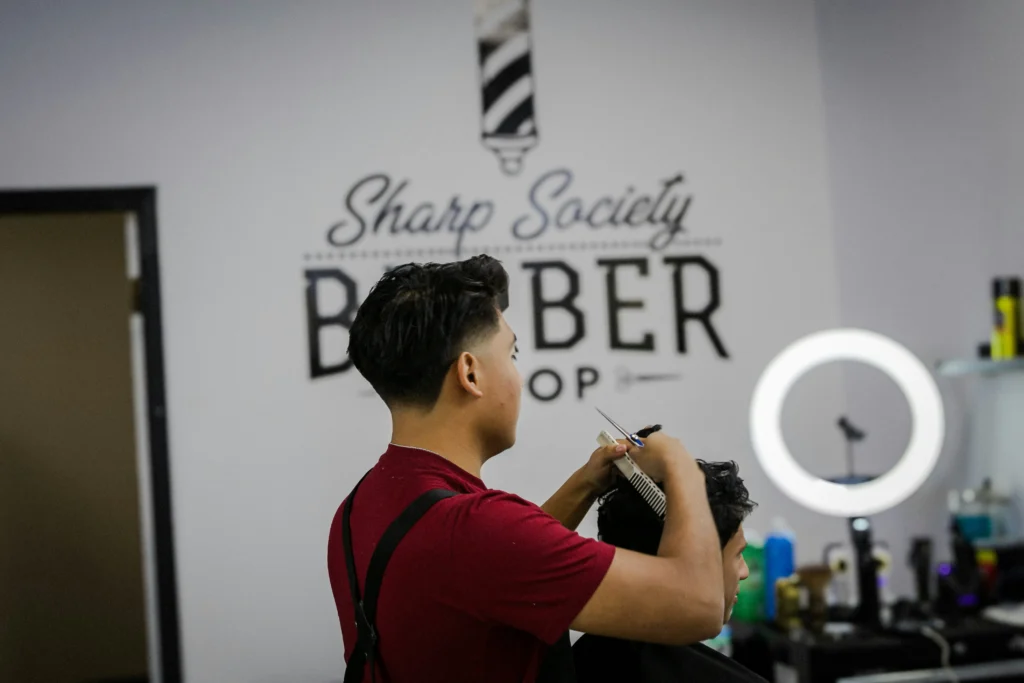
Personal Style and Lifestyle Fit
Matching Haircut to Fashion and Personality
Your haircut is part of your identity. Are you classic, boho, edgy, or minimal? Your hairstyle should echo that vibe.
Low-Maintenance vs. High-Maintenance Cuts
Not into daily styling? Avoid intricate layers or bangs. If you love to play with your look, go for more structure and versatility.
Daily Routine and Time Investment
Be honest—how much time do you want to spend on your hair every morning? That answer should guide your haircut choice more than anything else.
Age and Professional Appearance
Choosing a Haircut That Fits Your Life Stage
Age isn’t a rulebook, but some styles do feel more aligned with certain phases of life. A sleek bob can scream “I’ve got my life together,” while long waves might feel more free-spirited.
How to Know the Haircut That Suits You: The Ultimate Guide to Finding Your Perfect Style
While creativity is great, some environments lean conservative. Clean lines, subtle layers, and natural colors tend to work best in professional settings.
Trendy vs. Timeless Haircuts
Chasing hair trends can be fun—until your photos look dated a year later. Instead, focus on timeless styles:
- The bob
- Long, soft layers
- Blunt cut
- Shoulder-length with side bangs
Of course, if trends fuel your soul, try a fresh twist—like a modern shag or butterfly cut.

Consultation With a Stylist
What to Ask Your Hairdresser
- “What works with my face shape?”
- “Will this cut suit my texture?”
- “How much styling does it require?”
Importance of Bringing Reference Photos
A picture says a thousand words—and saves a thousand regrets. Show your stylist several images and discuss what you like and dislike about each one.
Trial-and-Error Mindset
Your first new cut might not be the one—and that’s okay. Hair grows. Think of each cut as a step toward finding your signature style.
Technology to the Rescue
Virtual Try-On Apps
Apps like YouCam Makeup or ModiFace let you “try on” hairstyles in real-time. Super handy for visualizing changes.
How to Know the Haircut That Suits You: The Ultimate Guide to Finding Your Perfect Style
New tools can analyze your selfie and suggest cuts based on AI-powered algorithms. These aren’t perfect, but they offer a great starting point.
Online Quizzes and Filters
Buzzfeed-style quizzes may be fun, but surprisingly accurate! Try a few to get an idea of what suits your vibe.
Haircut Inspirations From Celebrities
Celebrities are often the first to rock bold new cuts. Use them for inspo:
- Zendaya for versatile looks
- Rihanna for bold transformations
- Chris Hemsworth for effortless masculinity
- Emma Watson for chic minimalism
Match your face shape to theirs and see what might work for you.
Gender-Neutral Haircut Options
Hair doesn’t have a gender. The rise of androgynous styles—like buzz cuts, shags, and undercuts—has made hair expression more inclusive than ever.
Examples:
- Pixie cuts
- Bowl cuts with edge
- Tapered fades
- Shoulder-length layers
These can look great no matter how you identify.
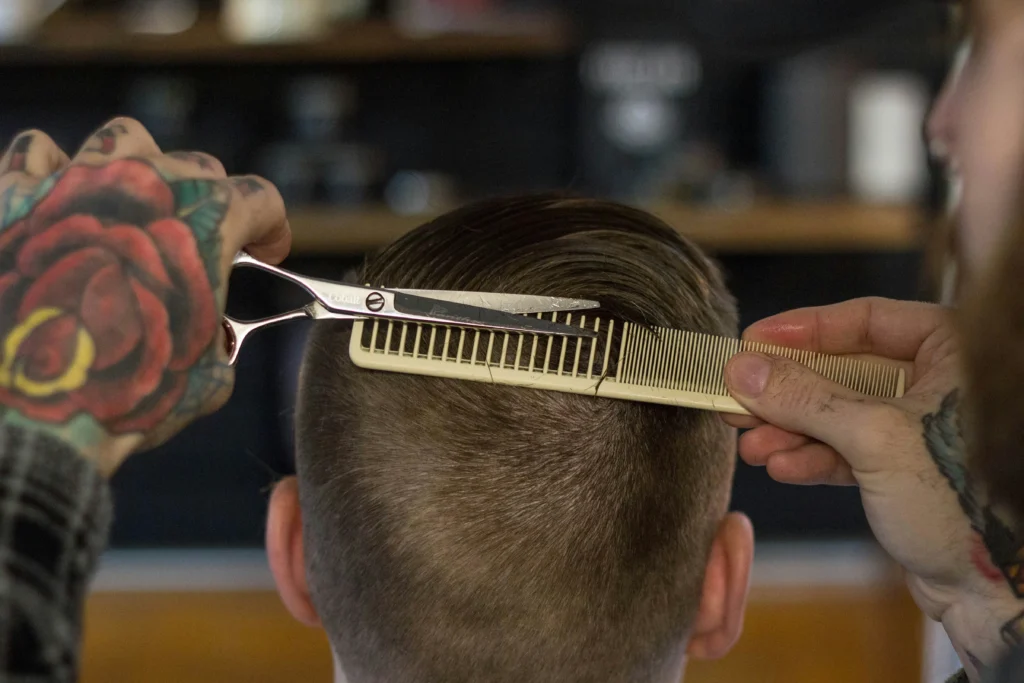
The Psychology of Haircuts
Ever felt reborn after a haircut? That’s not just vanity—it’s science. Changing your look can:
- Boost confidence
- Mark life transitions
- Empower personal growth
Hair holds emotional power. Harness it.
When to Change Your Haircut
You know it’s time for a change when:
- You dread styling your hair
- It’s been years since your last new look
- Your cut no longer fits your lifestyle
Sometimes, the season alone is a good enough reason to switch it up.
DIY Tools for Exploration
Using Wigs and Clip-Ins
Before committing, try wigs or clip-in extensions. You’ll get a feel without the regret.
How to Know the Haircut That Suits You: The Ultimate Guide to Finding Your Perfect Style
Try faux bangs or tuck tricks to mimic certain looks. YouTube has plenty of hacks for testing styles without scissors.
Home Try-On Tips Before Committing
Take selfies in different light, try digital mockups, and get feedback from trusted friends.
Hair Health and Its Role
Healthy hair = better haircuts. Period.
If your ends are fried or your scalp’s stressed, even the best cut won’t save it. Regular trims, hydration, and scalp care go a long way.
Haircuts That Add Volume or Slim the Face
Looking to slim down or pump up your hair’s appearance?
- Layers add movement and lift
- Angled cuts slim the jawline
- Face-framing pieces draw attention to your best features
Your cut can visually tweak your face shape—no contouring required.
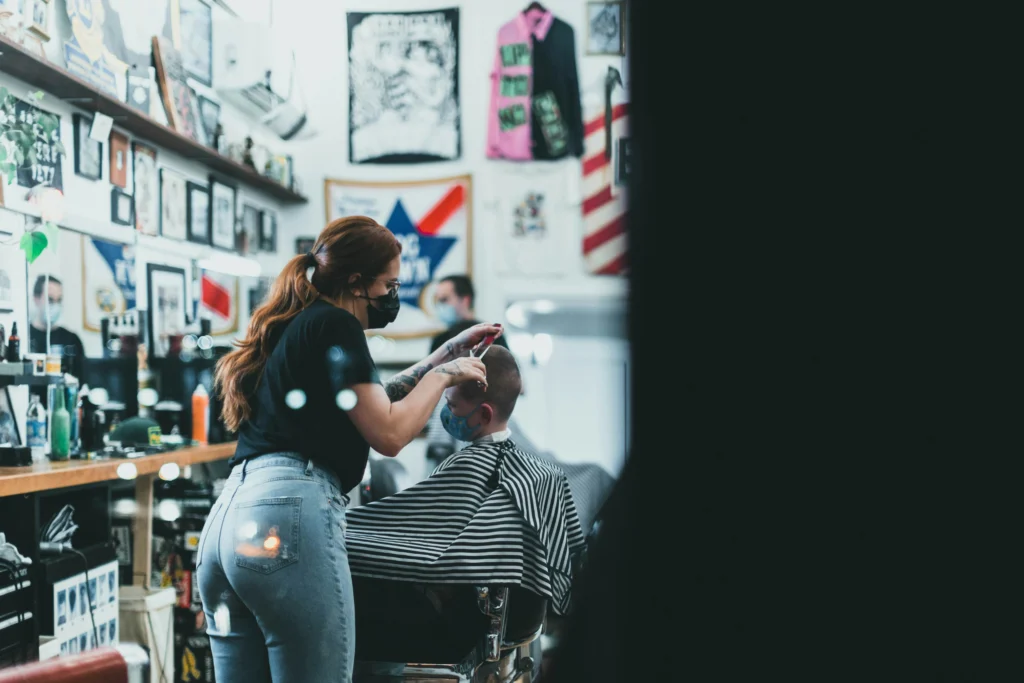
How to Know the Haircut That Suits You: The Ultimate Guide to Finding Your Perfect Style
Finding the haircut that suits you is a journey, not a one-and-done deal. It’s about syncing your style, hair type, face shape, and lifestyle into one confident cut. With the tips in this guide, you’re armed and ready to ditch the guesswork and own your look. Remember: your hair is your crown—wear it your way.
FAQs
1. How often should I change my haircut?
There’s no rule! Every 6 months to a year is a good refresh cycle, but go with what feels right.
2. Can the same haircut suit different face shapes?
Yes—but small tweaks in length, layers, and angles make it universally flattering.
3. What’s the safest haircut if I’m unsure?
A long bob (lob) is one of the most universally flattering and low-risk styles.
4. How do I fix a haircut that doesn’t suit me?
Talk to your stylist about minor adjustments or styling tricks to make it work while it grows out.
5. Do bangs suit everyone?
Almost! There’s a bang style for every face—curtain, wispy, blunt, or side-swept. Just find the right one.
Hair Color and Its Influence on Haircuts
The Color-Cut Combo That Works Magic
Believe it or not, the right hair color can totally change how a haircut looks. A textured bob might look edgy in platinum blonde but soft and romantic in warm chocolate brown. Hair color adds depth, dimension, and attitude to your cut.
How to Know the Haircut That Suits You: The Ultimate Guide to Finding Your Perfect Style
- Short pixie + icy blonde = fierce and modern
- Long waves + balayage = soft and beachy
- Blunt bob + jet black = bold and high-fashion
Always consider how your natural undertones work with color, and how that color complements the shape of the cut you’re considering.
Maintenance Levels of Different Colors
Changing your color to suit a cut can be tempting—but remember: every color comes with its own maintenance schedule. Going platinum? Be ready for toners and touch-ups. Thinking red? It fades fast. The more your chosen style relies on color, the more work you’ll be doing to maintain the overall vibe.
Cultural and Social Influences on Hair Choices
How Culture Shapes Hair Standards
Hair is personal—but it’s also cultural. Certain haircuts carry historical, religious, or cultural significance. For instance:
- The Afro isn’t just a style—it’s a symbol of Black pride and identity.
- The top knot has roots in samurai culture in Japan.
- Buzz cuts have military connotations but also became symbols of rebellion.
Be mindful of cultural context when choosing a style, and wear it with awareness and respect.
How to Know the Haircut That Suits You: The Ultimate Guide to Finding Your Perfect Style
We’re influenced by everything we see online, from TikTok trends to celebrity red carpets. The upside? A massive buffet of inspiration. The downside? Overwhelm and the temptation to copy rather than customize. Use global influences as a starting point—but always adapt them to suit your own look, hair type, and personal story.
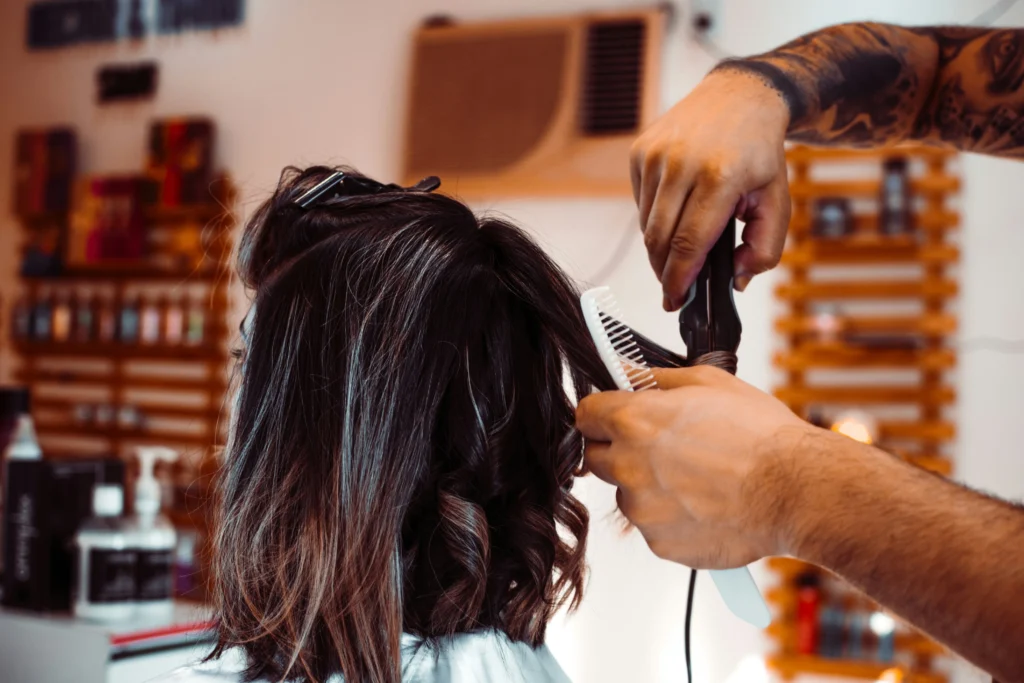
How to Communicate With Your Stylist Effectively
The Right Way to Say What You Want
Stylists aren’t mind readers. The biggest mistake people make is saying vague things like “Just make it look good” or “Do whatever you think works.” Be specific:
- Say what you like about your current cut.
- Point out what you want to change.
- Mention how much styling time you’re comfortable with.
Understanding Stylist Lingo
Knowing some of the language can help avoid miscommunication:
- Blunt cut = no layers, sharp ends
- Textured = choppy, movement-focused layers
- Graduated = stacked layers, usually at the back
- Point cutting = technique for softening the ends
Don’t be afraid to ask your stylist to explain as they go. You’re paying for their expertise, but you’re also the boss of your own hair.
How to Know the Haircut That Suits You: The Ultimate Guide to Finding Your Perfect Style
Documenting Your Hair Journey
Tracking your hair changes visually can help you understand what’s working and what’s not. We often forget how much our past styles influenced how we felt. Keeping photos on hand:
- Helps your stylist understand your history.
- Makes it easier to avoid repeating a regret.
- Lets you appreciate how far you’ve come.
Create a “hair journey” album on your phone—complete with notes on what you loved or didn’t about each look.
Haircut Mistakes to Avoid
Going Too Drastic Too Fast
Making a massive change when you’re emotionally charged? Classic mistake. Whether it’s a breakup cut or a midlife crisis buzz, impulsive haircuts often lead to regret. A big change isn’t bad—but give yourself a cool-off period before committing.
How to Know the Haircut That Suits You: The Ultimate Guide to Finding Your Perfect Style
Your friend’s pixie may look amazing on her fine hair, but it might not sit right on your coily curls. Love your texture first. Then, choose a style that enhances it rather than hides it.
How to Know the Haircut That Suits You: The Ultimate Guide to Finding Your Perfect Style
Every haircut has a shelf life. Layers grow out. Bangs get weird. Even a buzz needs touching up. Skipping trims leads to shapeless styles and split ends. Stay on top of your maintenance schedule to keep your look fresh and intentional.





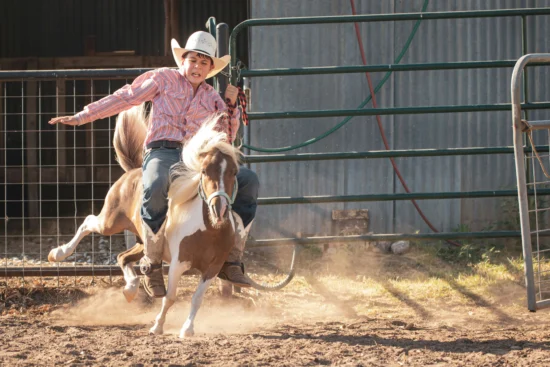
Leave a Reply